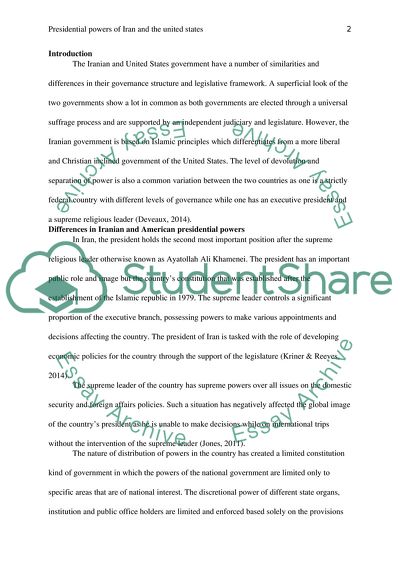Cite this document
(“Compare and contrast the powers of the US and Iranian presidents Essay”, n.d.)
Compare and contrast the powers of the US and Iranian presidents Essay. Retrieved from https://studentshare.org/social-science/1673374-compare-and-contrast-the-powers-of-the-us-and-iranian-presidents
Compare and contrast the powers of the US and Iranian presidents Essay. Retrieved from https://studentshare.org/social-science/1673374-compare-and-contrast-the-powers-of-the-us-and-iranian-presidents
(Compare and Contrast the Powers of the US and Iranian Presidents Essay)
Compare and Contrast the Powers of the US and Iranian Presidents Essay. https://studentshare.org/social-science/1673374-compare-and-contrast-the-powers-of-the-us-and-iranian-presidents.
Compare and Contrast the Powers of the US and Iranian Presidents Essay. https://studentshare.org/social-science/1673374-compare-and-contrast-the-powers-of-the-us-and-iranian-presidents.
“Compare and Contrast the Powers of the US and Iranian Presidents Essay”, n.d. https://studentshare.org/social-science/1673374-compare-and-contrast-the-powers-of-the-us-and-iranian-presidents.


